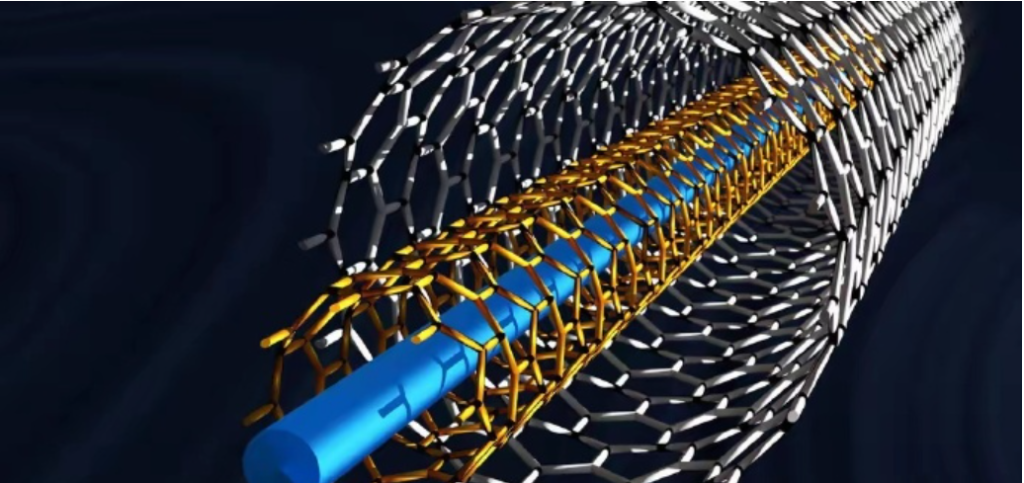Large-Scale Production of Carbon Nanotubes: Advanced CVD Processes and Cost-Control Strategies
Introduction
Carbon nanotubes (CNTs) have revolutionized materials science, offering unparalleled mechanical, electrical, and thermal properties. However, the large-scale production of CNTs with consistent quality and competitive costs remains a significant challenge. This article explores advanced chemical vapor deposition (CVD) techniques and automation strategies to achieve scalable production while maintaining cost efficiency.

Chemical Vapor Deposition (CVD): A Cornerstone for CNT Production
1. Overview of CVD Processes
CVD is the most widely used technique for CNT synthesis, leveraging hydrocarbon decomposition at high temperatures in the presence of a catalyst. Key variations include:
- Thermal CVD: Uses high temperatures to achieve uniform CNT growth.
- Plasma-Enhanced CVD (PECVD): Allows growth at lower temperatures and offers better control over CNT alignment.
- Floating Catalyst CVD: Particularly suited for large-scale production of multi-walled carbon nanotubes (MWCNTs).
2. Process Optimization
- Catalyst Selection: Transition metals like iron, cobalt, and nickel are commonly used for their high catalytic activity.
- Precursor Gases: Methane, ethylene, and acetylene are frequently employed due to their stability and carbon content.
- Temperature Control: Precise temperature regulation ensures uniform CNT growth and minimizes defects.
3. Scalability of CVD
Recent advancements in reactor design, such as fluidized bed reactors and rotary tube reactors, have enabled continuous CNT production with increased yields.
Automation in CNT Production
1. Role of Automation
Automation minimizes human intervention, enhancing reproducibility and reducing operational costs. Key automated systems include:
- Feedstock Delivery Systems: Ensure consistent flow of precursors and catalysts.
- In-Line Monitoring: Real-time quality checks using spectroscopy and imaging techniques.
- Automated Harvesting: Streamlines the collection of CNTs, reducing contamination risks.
2. Integration with AI and IoT
- Predictive Maintenance: AI-driven systems anticipate equipment failures, reducing downtime.
- Data Analytics: IoT-enabled sensors collect data for process optimization, improving yield and quality.
3. Case Study
A recent pilot-scale facility achieved a 40% reduction in production costs by integrating automated feedstock control and real-time monitoring systems.
Cost-Control Strategies
1. Raw Material Optimization
- Substitute Precursors: Exploring low-cost hydrocarbons like natural gas as an alternative to acetylene.
- Efficient Catalyst Recovery: Recycling metal catalysts to reduce material costs.
2. Energy Efficiency
- Low-Temperature Processes: PECVD and advanced heating methods reduce energy consumption.
- Heat Recovery Systems: Capturing waste heat from reactors lowers operational costs.
3. Bulk Processing Techniques
- Post-Synthesis Treatments: Batch processing of CNT purification and functionalization reduces per-unit costs.
- High-Yield Reactors: Continuous reactors with optimized flow dynamics enhance production rates.
Challenges and Future Directions
1. Quality Control
Maintaining uniformity in CNT diameter, length, and chirality at scale is critical. Advanced characterization techniques like Raman spectroscopy and TEM are essential for quality assurance.
2. Environmental Impact
Sustainable practices, such as reducing greenhouse gas emissions during synthesis and recycling waste materials, are vital for eco-friendly production.
3. Market Dynamics
With increasing demand from industries like electronics, energy storage, and composites, further cost reductions and scalability improvements are needed to meet market requirements.
Future Trends:
- Development of hybrid reactors combining multiple CVD techniques.
- Exploration of alternative synthesis methods, such as flame synthesis and arc discharge, for specific applications.
- Greater adoption of blockchain for supply chain transparency in CNT production.
Conclusion
The large-scale production of carbon nanotubes hinges on advancements in CVD technologies and the integration of automation. By optimizing processes and implementing cost-control strategies, manufacturers can meet the growing demand for CNTs across diverse industries. These innovations pave the way for widespread adoption of CNTs, unlocking their full potential in next-generation technologies.

